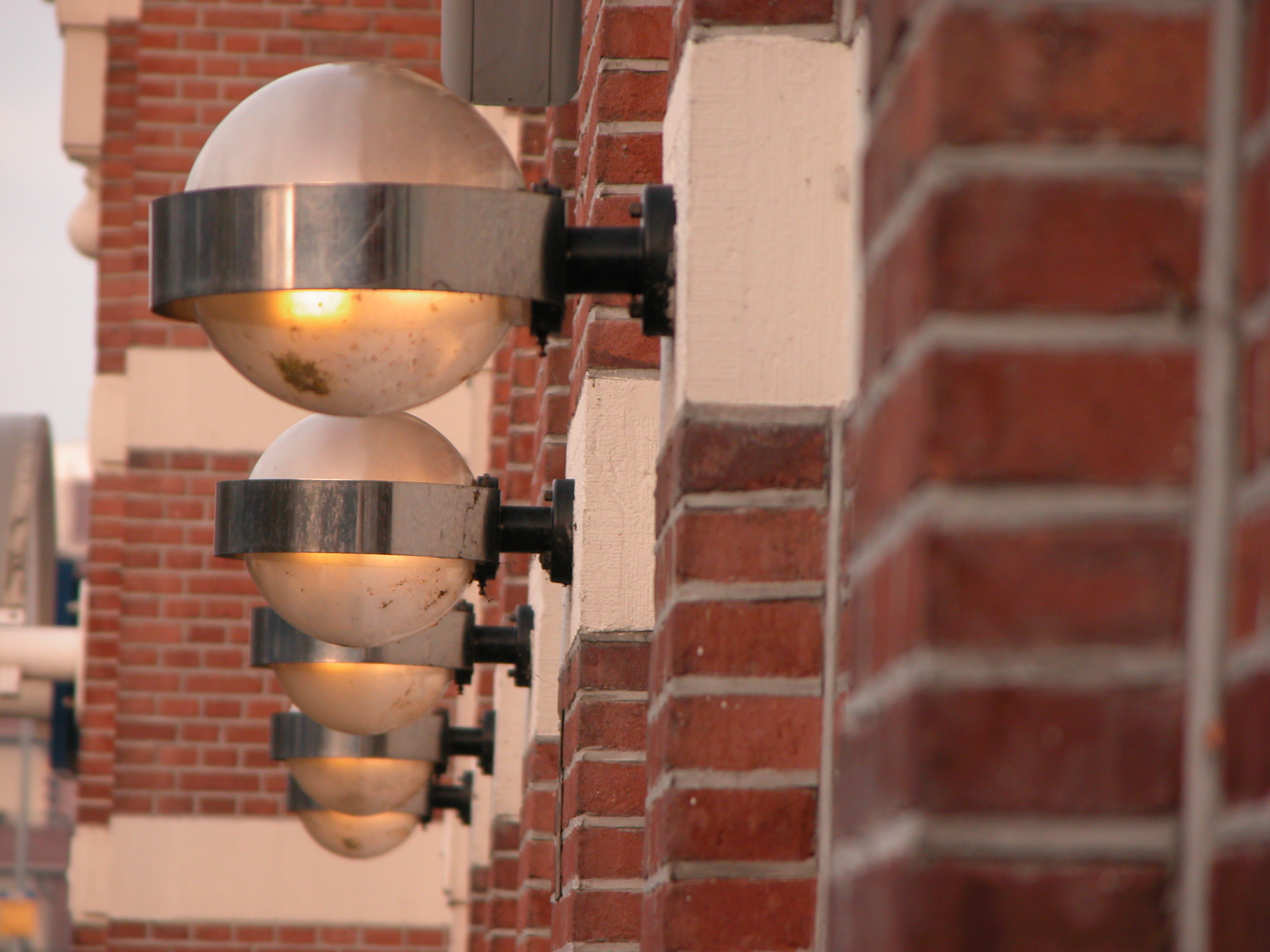In the past, Micro LED technology faced key problems such as poor device efficiency, low thermal reliability, and insufficient interconnection technology for high-resolution Micro best led display panel displays, so it was not popularized. However, the current Micro LED technology has made new progress.
 According to foreign media reports, a research team led by Professor Lee Keon Jae from the Department of Materials Science and Engineering and Professor Daesoo Kim from the Department of Biological Sciences developed a flexible vertical Micro LED (micro light emitting diode) (f-VLEDs) technology.
According to foreign media reports, a research team led by Professor Lee Keon Jae from the Department of Materials Science and Engineering and Professor Daesoo Kim from the Department of Biological Sciences developed a flexible vertical Micro LED (micro light emitting diode) (f-VLEDs) technology.
According to the report, the research team designed a new transfer device and fabricated a f-VLED array (50×50) through the precise alignment of the ACF bonding process, using synchronous transfer and interconnection technology. Compared with lateral Micro LEDs, the optical power density (30 mW/mm2) of these f-VLEDs is 3 times higher, and can improve thermal reliability and extend operating life by reducing the amount of heat generated inside thin-film LEDs.
During the study, the team implanted the newly invented f-VLEDs into the narrow space between the skull of a mouse and the surface of its brain, and managed to control the mouse behavior.
According to Professor Li, such flexible vertical Micro LEDs can be used in low-power smart watches, mobile device displays, and wearable lighting products. In addition, this flexible optoelectronic device is also suitable for biomedical applications such as brain science, light therapy, and contact lens biosensors.